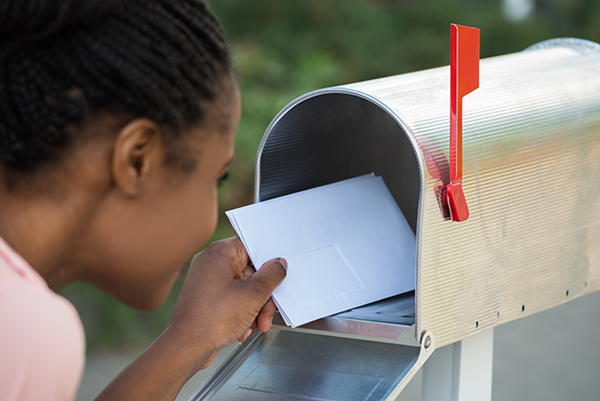Physical mail is not out for the count. In fact, because of email’s prominence, it is probably time to revisit your direct mail strategy and think about why you might send paper to people via their local mail carrier.
When we offered tips for reaching people through their mailbox, we noted that mail sent via postal service is a powerful tool to reach all generations. Even the majority of millennials prefer to read something on paper. However, we also know that millennials have strong authenticity radar. The glossy printed postcard might not be the best option.
Here are some questions to help you think through your direct mail strategy:
1. What are we currently mailing?
Though this may seem like an obvious question, it is not one we often ask. Take the time to create a list of mailings to audit. Talk to any church leader who sends mail to gather a list of mailings. Anything that ends up in the mailbox counts: reminder cards, brochures, newsletters, giving statements, etc.
2. What could be combined or deleted?
One of the biggest potential pitfalls for mail is overuse. When people’s mailboxes are constantly filled with letters, cards, newsletters and statements from their church, they lose their effectiveness. Moreover, if you have a glut of mailing pieces, it is likely that the quality of each piece has suffered. Combining pieces can give you the resources (time and money) to raise the design and print quality.
3. What can we address by hand?
Paper mail can be intensely personal. Think about the last big stack of mail you received. What did you open first? According to many online direct mail sources, mail with handwritten addresses is opened almost 100% of the time. Adding a handwritten address can make a big difference, but that is just the beginning.
4. What can we do completely by hand?
Though this is the most labor-intensive, it pays big dividends. Not only will the handwritten address ensure the piece is opened, but the fact that the note itself is handwritten communicates that the addressee is highly valued. Though you can’t invite your entire community, you could definitely send a handwritten invitation to all the people who have visited your church in the past couple of months.
5. How can we add a personal touch?
Rethink Church resources offer incredible designs for postcards or door hangers and other promotional pieces that you can download for free and print at your local printer. Once you choose and print one of the pre-designed pieces, have a group of volunteers take the cards that have been addressed and write a personal note with a permanent marker that uses the addressee’s name, such as, “Hope to see you, Mark!” or “Thinking of you, Laura!” on the piece. You can do it anytime, but Advent and Easter are great opportunities to try some extra advertising.
6. Can we add a scanned signature?
If you are producing more copies than is convenient for adding handwriting, a scanned signature might work just as well. A 2005 study found that there was only a 1 percent difference in the response rate between a handwritten signature and one that was originally handwritten, scanned and printed on the document.
Whether you end up sending more or not, taking stock of your mailings can help you leverage this expense to reach all generations and add a personal touch to your congregational and community communication.
When Jeremy and his wife are not playing with their four children, he oversees youth and college ministries and leads the evening worship service at Christ UMC in Mobile, Al. Jeremy is an author of several books and resources that you can find at JeremyWords.com or follow him on Twitter!


